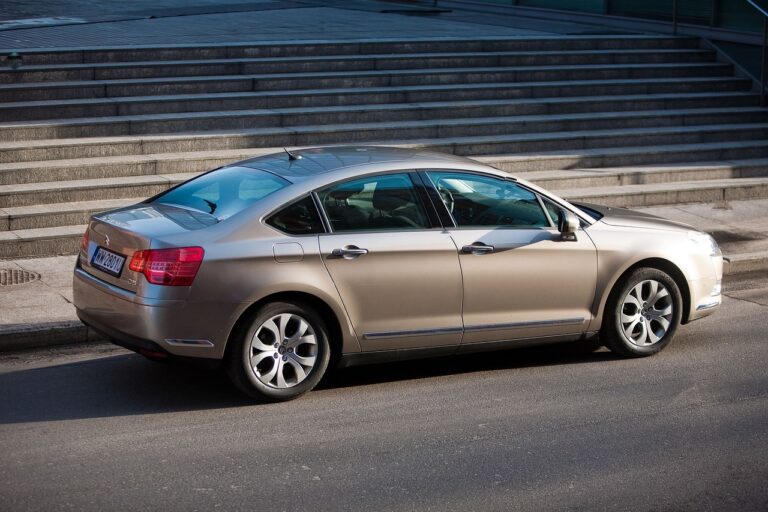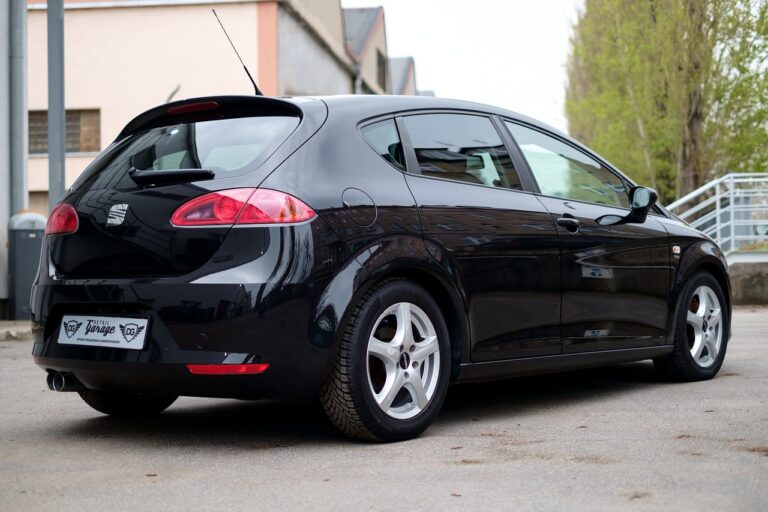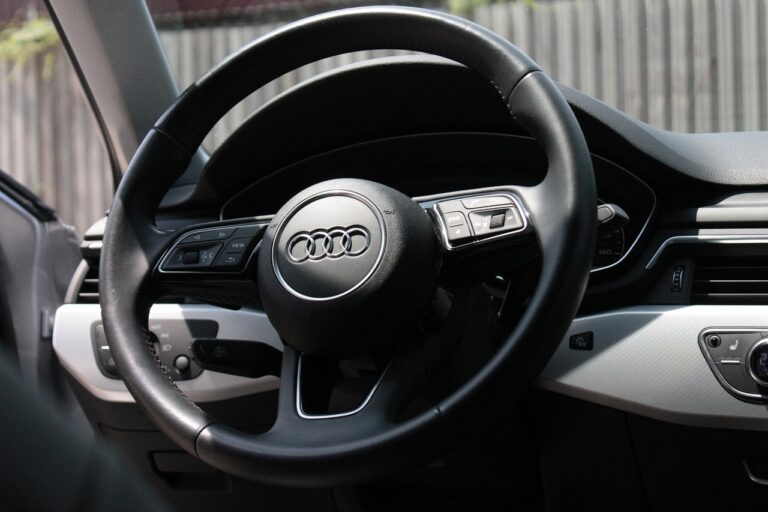Exploring the Potential of Vehicle-to-Everything (V2X) Standards for Interoperability
V2X technology, also known as Vehicle-to-Everything communication, enables vehicles to communicate with other vehicles, infrastructure, pedestrians, and networks in real-time. This communication is facilitated through wireless exchange of information, enhancing the overall safety, efficiency, and experience of transportation systems.
One of the key components of V2X technology is DSRC (Dedicated Short-Range Communication) and C-V2X (Cellular Vehicle-to-Everything) technology, both of which play crucial roles in enabling vehicles to share information such as location, speed, and behavior. This technology allows vehicles to anticipate and react to potential dangers on the road, ultimately improving traffic flow and reducing the number of accidents.
Benefits of V2X Standards
V2X standards play a crucial role in ensuring the compatibility and uniformity of communication between vehicles and infrastructure. By adhering to these standards, different automotive manufacturers and technology providers can guarantee that their V2X technologies can effectively communicate with each other. This interoperability enhances overall safety and efficiency on the roads, as vehicles can seamlessly exchange information regardless of their make or model.
Additionally, V2X standards promote innovation and market growth in the automotive industry. When all stakeholders follow the same guidelines, it fosters a competitive environment that drives the development of cutting-edge V2X technologies. This advancement not only benefits manufacturers and service providers but also delivers safer and more convenient driving experiences for consumers worldwide.
Challenges in Implementing V2X Interoperability
V2X technology holds great promise for revolutionizing the way vehicles communicate with each other and with surrounding infrastructure. However, one of the major challenges in implementing V2X interoperability lies in the diverse range of communication protocols used by different manufacturers and regions. This lack of standardization can hinder the seamless exchange of data between vehicles, leading to potential safety risks and inefficiencies in the system.
Moreover, the issue of cybersecurity poses another significant challenge in ensuring V2X interoperability. With the increasing reliance on connected vehicles for critical safety and operational functions, the need to safeguard against cyber threats becomes paramount. Establishing robust security measures that can protect against hacking and data breaches while still allowing for efficient communication remains a complex hurdle in the path towards widespread adoption of V2X technology.





